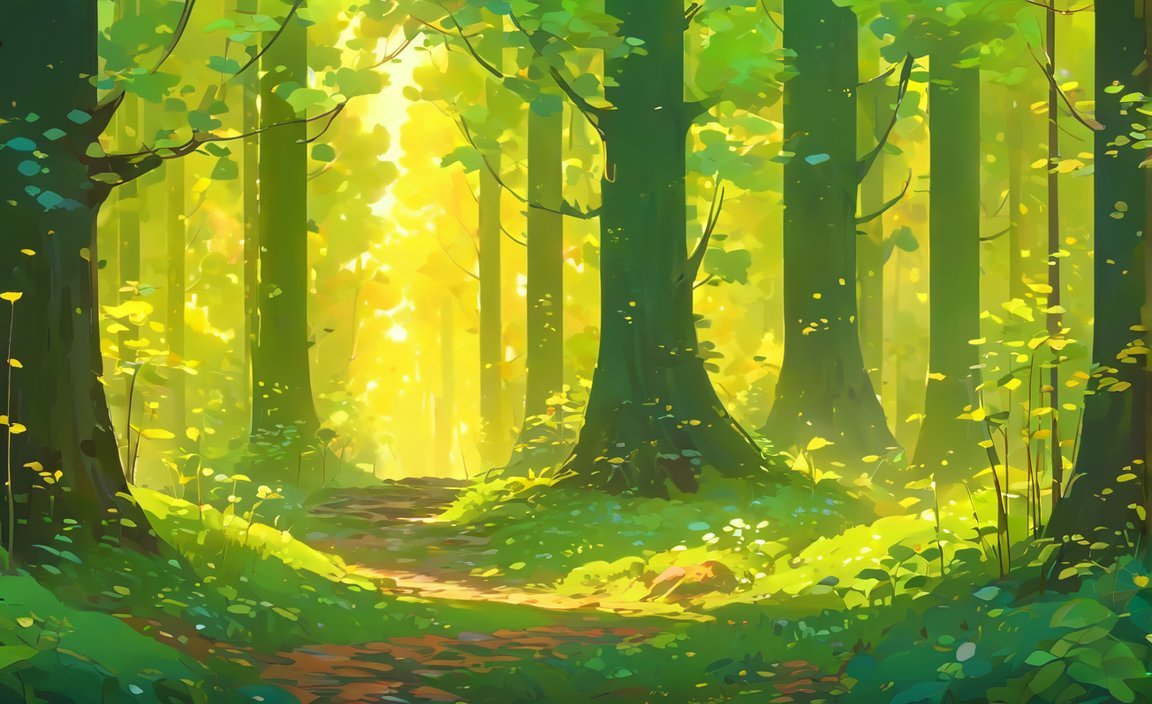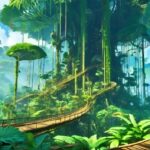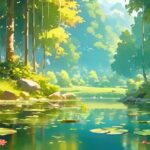Venture into the heart of nature’s wonders and discover the captivating world of deciduous forests. These enchanting ecosystems, renowned for their vibrant seasonal transformations, are home to a rich tapestry of life and harbor fascinating secrets that have captivated scientists and nature enthusiasts alike. Embark on a journey of exploration as we unveil five intriguing facts about these remarkable forests.
1. A Tale of Two Deciduous Forests
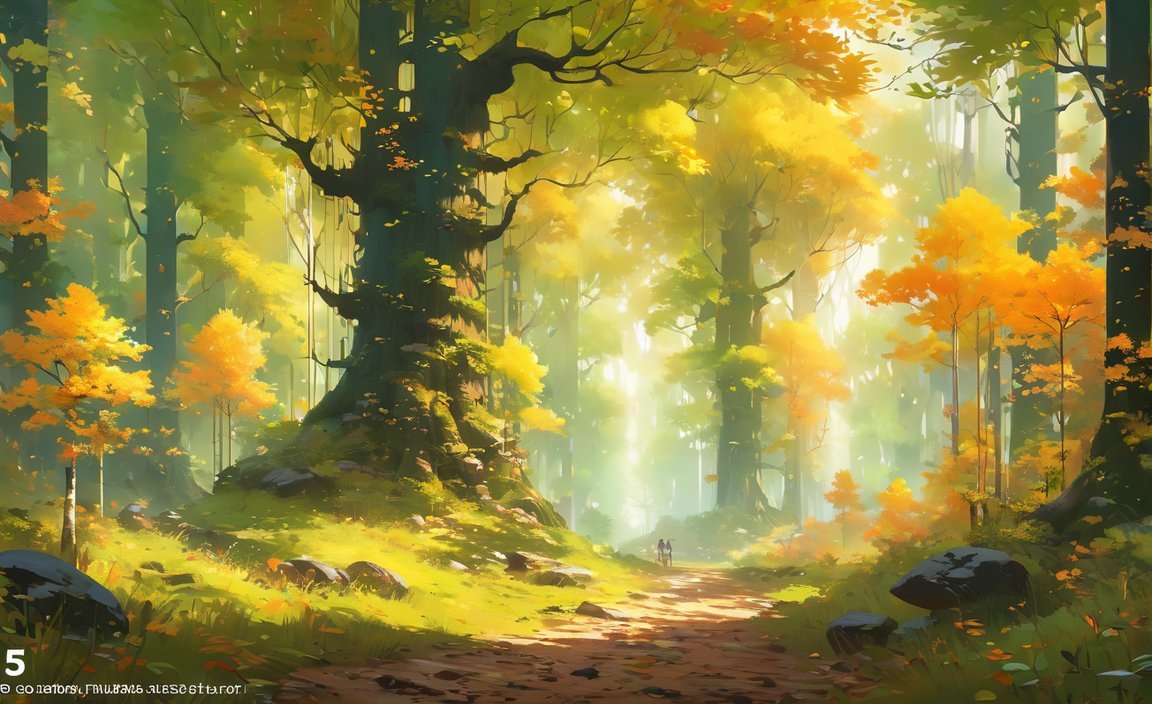
The realm of deciduous forests encompasses two distinct types: temperate and tropical/subtropical. Temperate deciduous forests, characterized by mild summers and cool winters, grace regions like eastern North America, Europe, and China. In contrast, tropical/subtropical deciduous forests, thriving in warm, humid climates, adorn landscapes in Southeast Asia and South America.
2. Seasonal Magic: The Leaf-Shedding Spectacle
Deciduous forests, renowned for their breathtaking seasonal transformations, undergo a remarkable metamorphosis each year. As autumn approaches, deciduous trees shed their leaves, painting the landscape in a kaleidoscope of fiery hues – reds, oranges, yellows, and browns. This seasonal shedding is an adaptation to conserve energy during the harsh winter months.
3. A Vertical World: The Zonal Organization of Deciduous Forests
Deciduous forests are not just a homogenous expanse of trees; they are vertically structured into distinct zones, each harboring its unique community of organisms. From the towering canopy layer to the lush understory, each zone provides a haven for a diverse array of plants and animals.
4. A Symphony of Life: The Flora and Fauna of Deciduous Forests
Deciduous forests teem with a vibrant tapestry of life, a testament to their remarkable biodiversity. Common trees include majestic oaks, maples, and beeches, while the understory brims with an array of shrubs, ferns, and wildflowers. This diverse flora provides sustenance for a rich fauna, including insects, birds, mammals, and reptiles.
5. Guardians of the Environment: The Role and Threats to Deciduous Forests
Deciduous forests play a pivotal role in maintaining the delicate balance of our planet’s ecosystems. They act as natural carbon sinks, absorbing harmful carbon dioxide from the atmosphere, and their intricate web of life supports countless species. However, these vital ecosystems face numerous threats, including deforestation, climate change, and invasive species.
Conclusion: A Legacy to Preserve
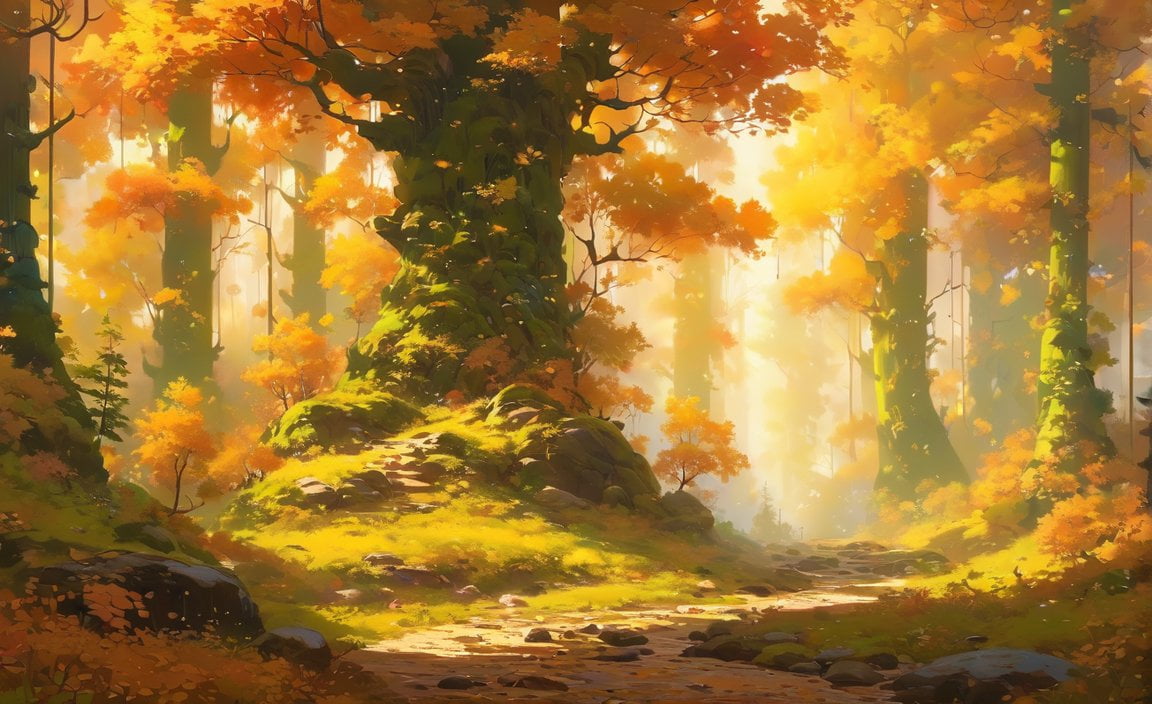
Deciduous forests, with their captivating beauty and ecological significance, are a precious natural heritage. As we continue to explore their secrets and appreciate their role in our planet’s health, let us also pledge to protect and preserve these enchanting ecosystems for generations to come.
- Discover 5 interesting facts about Mexico City
- Explore 5 intriguing facts about Quebec
- Learn about 5 captivating facts about the savanna
Feel free to use these links in your content to provide readers with more information on these topics.
FAQ
Q1: What are the two main types of deciduous forests?
A1: There are two main types of deciduous forests: temperate and tropical/subtropical. Temperate deciduous forests are found in regions with mild summers and cool winters, while tropical/subtropical deciduous forests thrive in warm, humid climates.
Q2: Where can we find deciduous forests?
A2: Deciduous forests are found in a variety of regions around the world, including eastern North America, Canada, Europe, China, and Japan. They are typically located in areas with moderate rainfall and distinct seasons.
Q3: Why do deciduous trees lose their leaves in the fall?
A3: Deciduous trees lose their leaves in the fall as an adaptation to conserve energy during the harsh winter months. When temperatures drop and sunlight becomes scarce, photosynthesis, the process by which plants produce food from sunlight, slows down. By shedding their leaves, deciduous trees reduce the amount of water they need to lose through transpiration, helping them survive the cold winter.
Q4: What are the different zones of a deciduous forest?
A4: Deciduous forests are organized into five zones based on the height of the trees. These zones are:
- Emergent layer: The tallest trees in the forest, forming a canopy that blocks sunlight from reaching the lower layers.
- Upper canopy layer: Trees that reach the top of the canopy, receiving direct sunlight.
- Lower canopy layer: Trees that grow below the upper canopy, receiving filtered sunlight.
- Understory layer: Shrubs, ferns, and other shade-tolerant plants that grow beneath the canopy.
- Forest floor: The layer of decomposing leaves and other organic matter that covers the ground.
Q5: What are some of the threats facing deciduous forests?
A5: Deciduous forests face a number of threats, including:
- Deforestation: Clearing of forests for agriculture, logging, and urbanization.
- Climate change: Rising temperatures and changes in precipitation patterns can disrupt the delicate balance of deciduous forest ecosystems.
- Invasive species: Introduction of non-native plants and animals that can harm native species and disrupt the forest ecosystem.
- China II Review: Delicious Food & Speedy Service - April 17, 2025
- Understand Virginia’s Flag: History & Debate - April 17, 2025
- Explore Long Island’s Map: Unique Regions & Insights - April 17, 2025
